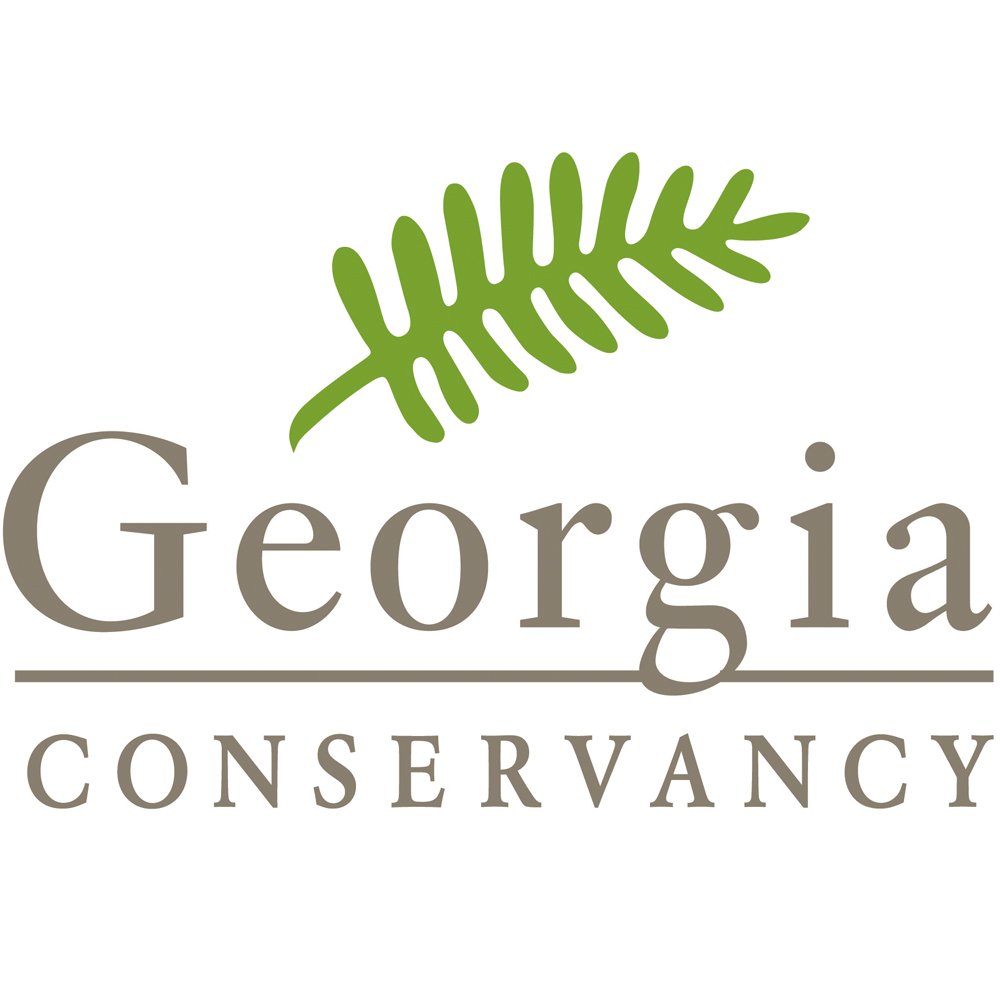Land Use Policy
The Georgia Conservancy is committed to sustaining the long-term ecological integrity of Georgia’s land while understanding that economic growth is essential to our future.
Background
In a large and growing state with one-third of the east coast’s remaining salt marshland and home to the center of the Piedmont Atlantic Megaregion, Georgia is a critical landscape on which to practice sustainable development and strategic land conservation and restoration. Decisions around how and where to develop our land are among the most fundamental elements of a sustainable Georgia. Decisions around land we conserve, land we commit to production and land we develop are the most critical decisions that impact resource consumption.
According to the Georgia Department of Natural Resources: Although Georgia is one of the most biologically diverse states in the nation, approximately 320 of our native species have such low populations they are state and federally protected. Furthermore, 290 plant species and 349 animal species have been identified as high priorities for conservation in the draft 2015 SWAP. More than 100 species occurring within Georgia are petitioned for listing under the federal Endangered Species Act.
It is critical that we recognize the importance of these ecosystems and the role they play in sustaining other vital natural resources, their public use and aesthetic value, and simply, their intrinsic value.
Vision
The Georgia Conservancy envisions a Georgia where sustainable and efficient land use is practiced and promoted by communities across the state, where the conservation, restoration and connectivity of our ecological communities are a priority and are in balance with a growing economy, and where our built environment reduces natural resource consumption through thoughtful measures and procedures.
Principles
- The integrity of natural systems – air, land, water and the plants and animals they support – has value that must be protected, conserved and restored for present and future generations.
- A healthy environment and healthy economy are vital to a thriving society.
- In conserving Georgia’s natural resources, we must understand a changing environment while respecting the demands of social and economic progress.
- In protecting Georgia’s natural resources, we must champion the environment while respecting the demands of social and economic progress.
- Stewardship of Georgia’s natural resources is the responsibility of every individual, organization, government and business.
- Principled advocacy calls for scientifically sound research, clearly defined agendas, inclusive participation, informed environmental education and constructive negotiation.
- Collaboration and public-private partnerships enable the achievement of our goals. Create a consciousness around the holistic and long-term impacts around land use decisions.
Positions
The following positions guide our programs and inform our outreach, education and advocacy work:
- Land use decisions involve aspects of financial, environmental and social sustainability.
- True environmental costs of land use decisions must be incorporated within any environmental policy decision and; True economic benefits of natural areas must also be incorporated.
- The value of ecological services should be fully recognized and the natural systems performing these services should be planned for, invested in and maintained. Natural areas commonly extend beyond local and regional political boundaries. The state, as well as local governments, must develop conservation strategies that deal with protecting natural areas at the local, state, and even regional level to address fully the need for comprehensive, region wide, natural area protection.
- The Georgia Conservancy will work cooperatively to identify critical areas for conservation and restoration, set priorities to protect these areas and establish effective implementation strategies.
- The State Wildlife Action Plan (SWAP) will be a guiding document for informing outreach for conservation related activities. The Georgia Conservancy will act in concert with the State of Georgia and its partners to advance the SWAP priorities.
- An integrated approach to land use planning is needed that recognizes the demands of economic realities in Georgia as well as the need for proactive policies that will protect natural areas
- It is important to encourage the use of legal and financial tools that allow all property owners to participate in the development market, for conserved lands or working landscapes such as agriculture or silviculture. Efficiency in land development patterns, construction practices and community design are fundamental to sustainable growth.
- Land use policy should include consideration of watershed boundaries, impacts to land development patterns beyond a single property and efficient utility service
- The most efficient urban land redevelopment typically includes the reuse of existing infrastructure, grid interconnectivity, retrofit, reuse and redevelopment of existing buildings.
- Integrated planning and infrastructure investment across jurisdictions, departments, and disciplines that sets the stage for financially and environmentally sustainable community growth and change.
- Low-impact design that is considerate of the space it occupies and the resources it displaces.
- The most-resource efficient building materials, construction methods, and systems should be encouraged using a balanced approach to LEED, EPA or EarthCraft standards
- It is important that sustainable growth practices be accessible to underserved communities in the rural, suburban and urban areas of our state.
- Property owners should have options to participate in a development market, even if their property is conserved or committed to production. These options include TDR, easements, covenants, overlays, etc.
- It is critical that all built environments be designed, planned and retrofitted such that neighborhoods can handle increasing density and that walkability is featured to minimize reliance on cars and permit independent lifestyles.
- Thoughtful development generates resource efficiencies that benefit residents, the natural environment and those responsible for providing, operating and maintaining infrastructure.




